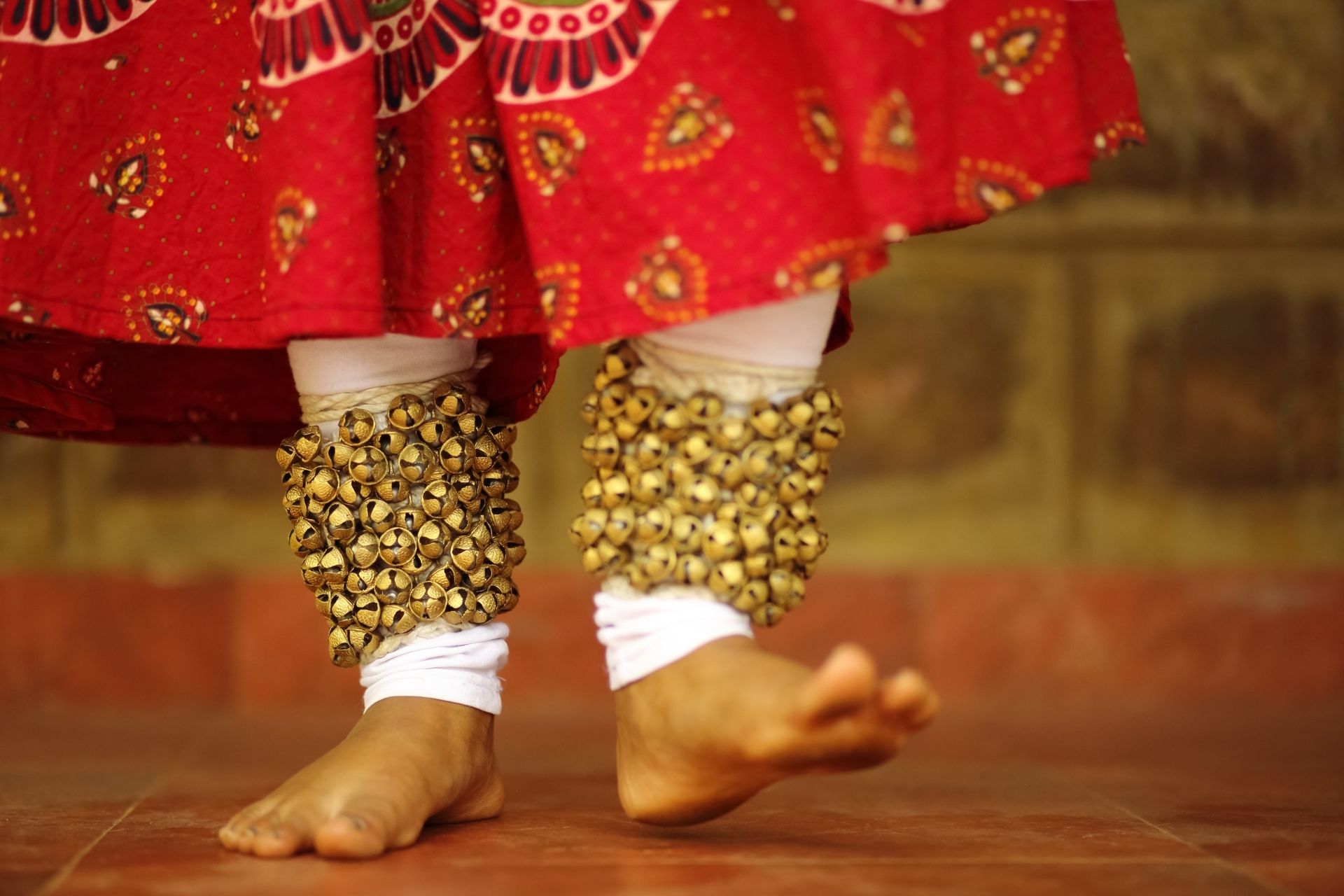India boasts of exceptionally rich performing arts. There are just one or two kinds of music and dance forms in India. India has various kinds of exquisite classical dance forms and music along with folk dances and songs.
Each art form represents the culture in a beautiful and impressive way which is incomparable to any other. Dance and music are few of the oldest part of the traditions of the ancient India.
If one closely look most of the songs and classical dance are devotional by nature. Many of them are performed beautifully expressing the mood and emotions of the protagonist.
India Music Culture
The classical music of India can be categorised into broad traditions which are North Indian and South Indian. Both the traditions are called with different names.
The North Indian tradition is called as Hindustani Sangeet and is comprised of various kinds such as Dhrupad, Dhamar, Khayal, Tappa and Thumri. While the South Indian tradition of music is known as Carnatic Sangeet.
The music mainly depends on two crucial aspects-‘raag’ symbolising the melodic form and the ‘taal’ representing the rhythmic form.
For Indian classical music different kinds of instruments are used in their unique ways. Some of these are Tantru (stringed), Susir (wind), Avanada (percussion) and Ghana (gongs, bells and cymbals).
Few of the main musical instruments in the Indian classical music such as:
Sitar
Sitar is a string musical instrument and is one of the most important of all. It is seen mostly accompanying classical singing.
Sarod
Sarod is also an important string musical instrument. It is made out of the carefully chosen teakwood and is covered with the goat skin.
Tanpura
A crucial musical instrument of India with four strings tuned to a tunic, Tanpura has three main kinds. These are Miraj style, Tanjore style and a tamburi.
Vichitra Veena
Played like guitar, Vichitra veena is one of the Indian musical instrument used extensively in the classical music. It appears like a rudra veena.
India Dance Culture
Coming to dance forms, they are mostly weaved around various ‘rasas’ meaning emotions. There are 9 kinds of rasa which defines the mood of the dance and the songs of India. Hasya (happiness), shoka (sorrow), krodha (anger), karuna (compassion), bhibasta (disgust), adhbhuta (wonder), bhaya (fear), viram (courage) & shanta (serenity) are the nine rasas.
Some of the popular forms of Indian classical dances which have been acknowledged internationally are:
Kathak
This dance form of Kathak is known for its exciting and impressive quality of the footwork and rapid pirouettes. The word ‘Kathak’ has been derived from the word ‘katha’ which means a storyteller. The dance form of Kathak was originated from the nomadic bards of ancient North India. It has been extensively influenced by the Mughal tradition and thus presents an amazing combination of Hindu-Muslim texture. Later with Mughal coming in power, this dance from was introduced in the courts which moved the dance from its religious association to entertainment.
Odissi
Odissi was a traditional dance which was mainly performed in temples. This was a form of religious offering by the temple dancers. This dance form with its exceptional technique, style, its stages, the repertoire along with finale is one of the most popular and acclaimed Indian classical dances.
Manipuri
This dance form is mostly based on the theme of Raas Leela. Raas Leela represents the cosmic dance of Lord Krishna and the cowherd maidens. Dance from clearly depict the life of the people of that land. The Manipuris worship Lord Vishnu and this dance form also revolves around various life of Lord Vishnu.
Bharatnatyam
One of the oldest and most popular dance forms is Bharatnatyam. It was originated from Southern part of India and is now famous all over the world. In this dance form, you will find equal presentation of music, movements and mime.
Kuchipudi
This dance was originated from the state of Andhra Pradesh in southern India. This dance form was derived from the scriptures and mythology.
Kathakali
This not just a dance from but a combination of dance with drama. In Kathakali the performers depict various characters from Indian mythology. This is mainly from two of the Indian epics namely the Ramayana and the Mahabharata.
Mohiniattam
This form of dance is mostly performed by women and usually solo. It mostly symbolises love and devotion for the gods. This dance form originated in the state of Kerala. This maiden dance has a story behind it according to which Lord Vishnu took the guise of ‘Mohini’ in order to eventually destroy the devil Bhasmasura.
The country of India has various folk dances as well depicting wide range of culture and traditions. These are performed in all kinds of function varying from weddings to birth of a child to religious ceremonies.
Some of the popular folk dances of India are Kud, Bhangra, Lahoor, Hazagiri, Ruk Mar Nacha, Purulia Chhau, Rangoli Bihu, Singhi Chham, Karma, Cheraw Dance, Hojagiri, Bardo Chham, Chang Lo, Lahoo and Thang Ta, etc.

